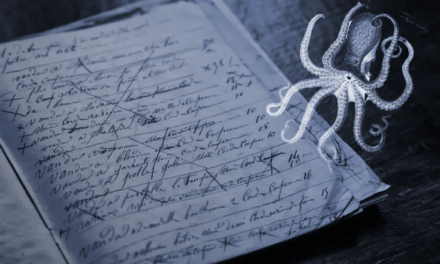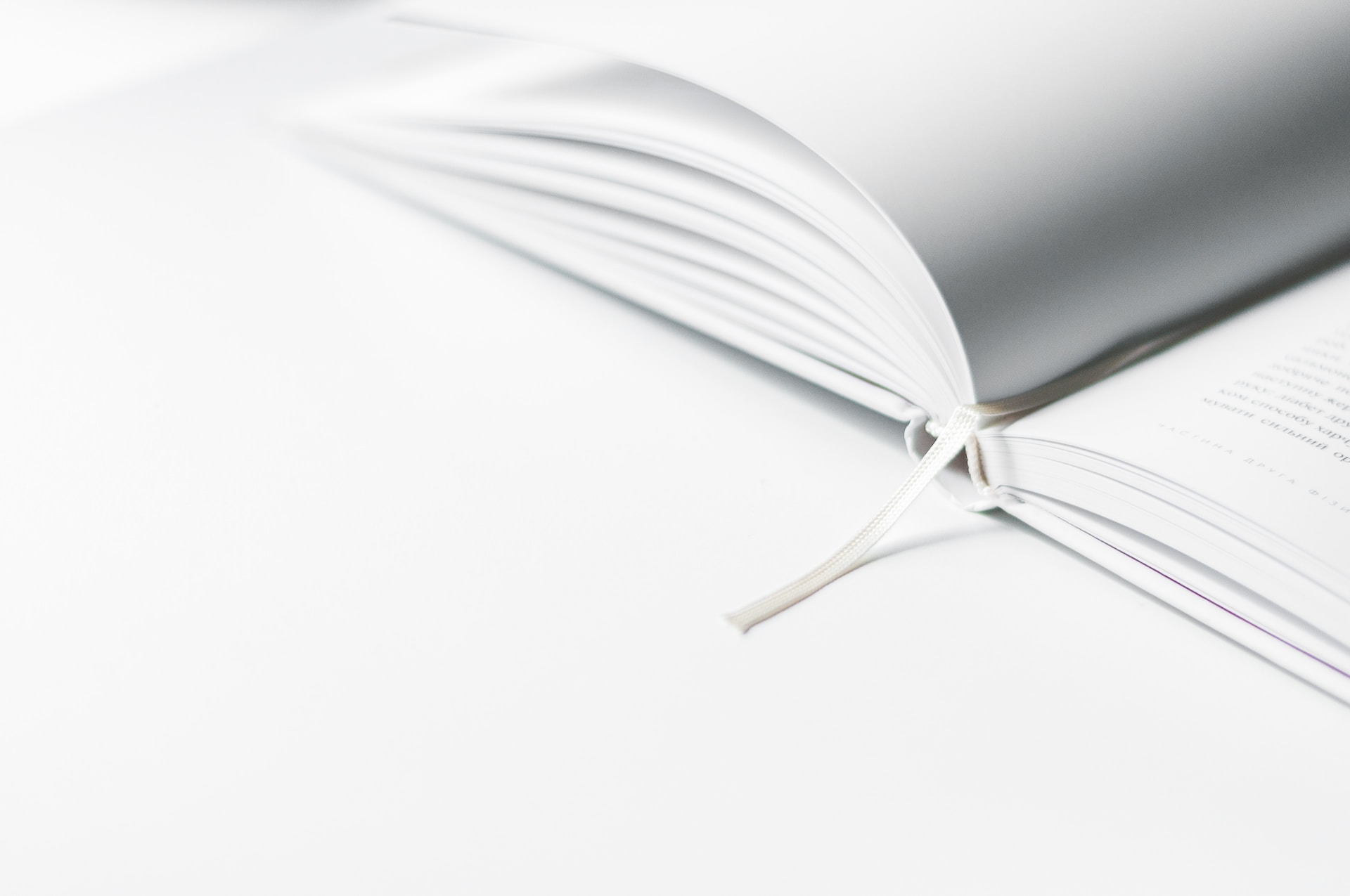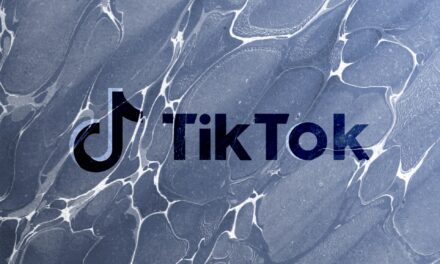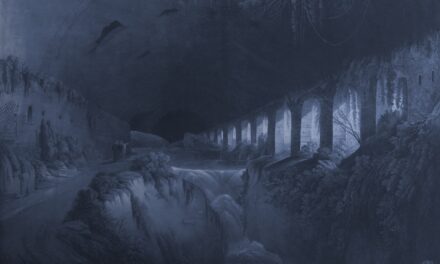
Using In Medias Res as a Narrative Hook

Just like a carpenter needs a hammer and nails to do their work, writers also have tools to bring readers in and hold their attention. Readers must be intrigued enough by your first words to continue to the next paragraph, the next page, or the next chapter. Consequently, the opening of your narrative is some of the most critical real estate in your manuscript.
What is a narrative hook?
A narrative hook grabs your reader’s attention and compels them to keep reading. With a quality hook, you can also intrigue a potential editor into reading deeper into your manuscript, which could help you sell your story. A great hook also ensures that potential readers get excited to buy your work when they thumb through the first few pages in the bookstore, finding themselves unable to put it down.
Sounds simple enough, right? Start your story with a bang! But think back to your favorite stories and ask yourself… what is it that “hooked” you? Was it tone, mood, style, or what was happening? Was it the pulse-pounding action of something immediately at risk? Or was it a character’s unique voice, their sly wit, or grim sarcasm setting the tone of a world you wanted to visit?
The short answer is, “Yeah, it can be any of those.” Whether something salacious, intriguing, mysterious, comical, satirical, heart-pounding, or infuriating, the one thing it must be is memorable. The narrative hook is the explosion of story that kicks off the central conflict. Beyond being just “something cool that happens,” the hook must focus the reader’s attention on the big problem or mystery that’s begging to be solved.
Examples of great hooks
Let’s explore some of my favorite hooks of all time in film and see how they work. In Luc Besson’s The Professional, the narrative hook is an action sequence where a shadowy hitman kills a bunch of bad guys with expert skill. As he eliminates all obstacles, the hitman reaches his intended target and, instead of killing him, hands him a telephone. The big boss who ordered the hits speaks to the target, warning him away from his current behavior. The hitman recedes into the shadows, leaving the target unharmed (and scared).
Another similar example is in the film Baby Driver. It opens with a memorable car chase sequence that shows how supernaturally skilled the driver is. So, one way to focus the audience’s attention is to show your main character being amazing at what they do, announcing their specialness in the story.
Other films, like No Country For Old Men, use tone to grab the audience. The hook starts with majestic landscapes and a voiceover of a county Sheriff. He is talking about the old-timer Sheriffs in surrounding counties and how many old-timers never carried guns in service of their duties. As he speaks, we witness the peaceful arrest of the villain, the cop putting him in the car, and the cop placing a strange hose connected to a tank of compressed air in the front seat of the squad car.
So much mystery is introduced in this simple scene. Who is the villain, and what did he do to get arrested? What is that contraption on the air tank? Who is the disembodied voiceover of the Sheriff? Pretty soon after, we will see the villain escape from police custody, killing innocents in the process and using his special weapon with deadly efficiency. But the tone of the opening scene compels you to see both peaceful beauty and deadly risk as equally likely. The hook needs to raise questions in the reader, questions they must know the answers to for the audience to agree to invest their time in your story.
What is in medias res?
In medias res is Latin for “in the middle of things.” In the context of story, it refers to picking up a narrative already in progress. The reader or viewer is not starting at the sequential beginning of story events, but rather entering the story at a critical moment where drama or action is higher.
The opening of Star Wars Episode IV, for example, begins in medias res as the Rebel ship is trying to repel an Imperial boarding action. There are plenty of laser blasts and captured princesses to keep us entertained, but the point of the hook is to establish that the key to unlock the whole story, the plans that can help destroy the Death Star were stolen by Rebel spies and have been delivered to a desert world under the care of two robots.
As a quality hook, the opening of Star Wars Episode IV raises questions that we want answered. Why is the Empire so worried about the Rebels having the plans? What is a Death Star? Who is Obi-Wan Kenobi, and how can he help the rebellion? How will the droids find Obi-Wan on a vast desert planet? And just like that, you are off and running.
Homer’s The Odyssey uses in medias res by entering the story with Odysseus stuck on an island, desperate to escape and return home rather than at the beginning of the chronology. It creates more urgency to start with Odysseus in trouble and makes it easier to reveal the main conflict; that an army of supposed suitors is invading his home and terrorizing his wife.
As you plan the opening of your manuscript, look for opportunities to hook readers with memorable and compelling scenes that show off what makes your main character special and kick off the central action of your story. If your story has a lot of setup, consider using in medias res to start the narrative where it’s most exciting. Once your reader is hooked, you can begin filling in more details and pushing your narrative forward.






























